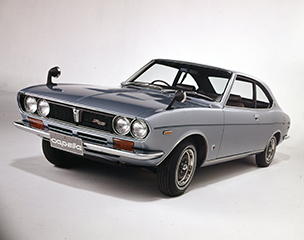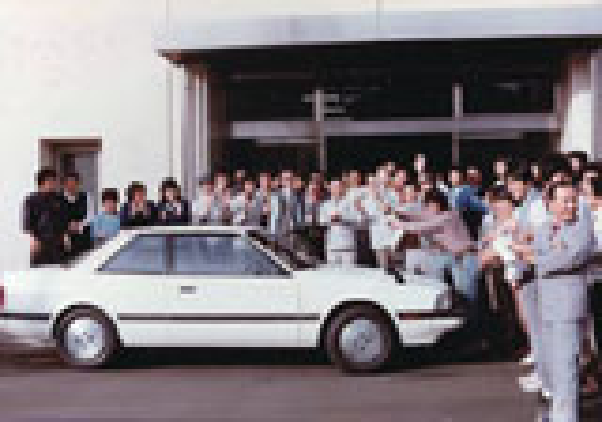The fourth-generation Capella was launched in September 1982. Breaking away from its front-engine rear-wheel drive (FR) predecessors, the fourth-generation model was released with a new front-engine front-wheel drive (FF) platform. At the time of development, FR setups were the norm, and management was reluctant to switch to an FF drivetrain. In a climate of severe operating conditions, and with Mazda already expending resources on the construction of a new plant (Hofu) as well as a great deal of capital investment, some questioned the necessity of taking on the FF challenge. Others thought that the FR arrangement was better, especially in view of Mazda's focus on handling. Nevertheless, the research and development team - who stressed comfort and convenience as well as reduced vehicle weight - responded to management concerns: "In the coming age of front-engine front-wheel drive vehicles, we will lose ground to other automakers if we don't build an FF model." They continued to push for front-wheel drive, and their persistence finally paid off with the launch of the first front-wheel drive Capella.
The powertrain used a newly developed engine nicknamed the "Magnum" that featured reshaped combustion chambers and intake ports. Mazda's engineers also succeeded in reducing engine weight by as much as 26 kilograms compared with the previous generation. The television commercials featured famous French actor Alain Delon, which undoubtedly stirred up considerable interest, and the Capella won Mazda's third Japanese Car of the Year award. Within the first year of the Hofu plant becoming operational, full-scale Capella production was implemented, and the plant was soon rolling out 300,000 units a year. But even this was not enough to respond to all the market demand. In Europe, Mazda presented a golden cow*1 ornament to every customer who was awaiting delivery of a Capella, bringing the car further attention as a well-known, even legendary, model.



